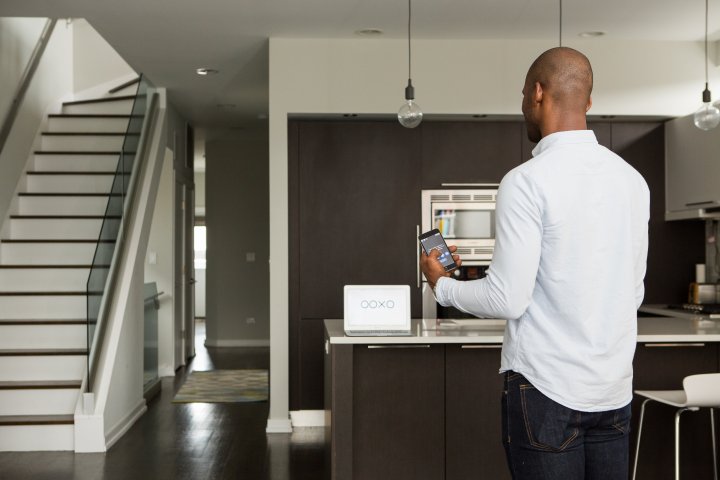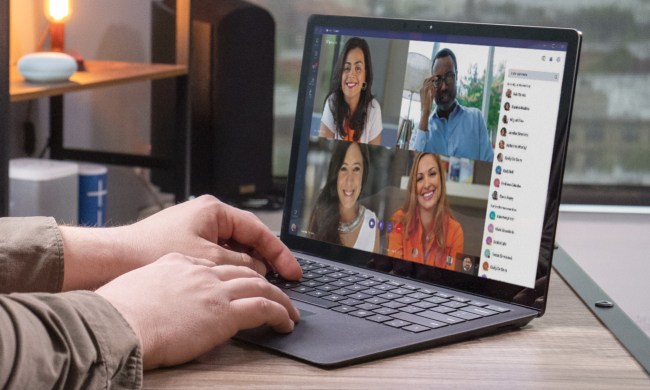
Opternative is the brainchild of eye doctor Dr. Steven Lee and entrepreneur Aaron Dallek. The goal is to provide consumers with an easy and convenient way to check their vision without the trip to the doctor. Patients take a 25-minute vision test via their smartphone or computer, which is then sent to a licensed ophthalmologist for review. The test costs $40, and prescriptions sent within 24 hours or less.
While it sounds like an easy way to get an eyeglass or contact lens prescription without having to see the eye doctor, there are concerns. The test itself is not covered by insurance, and groups like the American Optometric Association say its own review suggests that Opternative doesn’t use established practices to judge vision clarity. The AOA even goes as far as describing these types of services as the “corporate equivalent of snake oil salesmen.”
They fear patients using these online tests will get inaccurate prescriptions, or even worse not catch conditions that require more than just a vision test to detect. AOA officials argue further that Opternative’s service is illegal because it has not been approved by the FDA, and petitioned the agency in April to have it banned until it is.
“There are simply too many questions about the accuracy of this so-called eye exam,” AOA president Dr. Steve Loomis said in a statement. “That’s why the AOA is alerting the public and urging federal and state officials to enforce their statutory and regulatory duties of patient safety and consumer protection safeguards.”
While Opternative has successfully opened up its service to patients in 32 states, the AOA has been successful in having it banned in five more. That hasn’t stopped about 55,000 from taking the test though, which is actually free (going forward and requesting a prescription is when the $40 is charged). While Opternative declined to offer actual sales numbers, it does say its satisfaction rate is 99 percent.
In a statement to DigitalTrends, Dallek said the AOA’s claims are without merit. He said the company’s official recommendation — which appears multiple times throughout the exam — is that Opternative’s test is not a replacement for an in-person eye exam, which the company recommends every two years. Furthermore, customers are banned from requesting more than four consecutive prescriptions without first showing proof they have had an comprehensive in-person exam during that period.
“Opternative, through our regulatory counsel at a national law firm, has been in contact with the FDA before launching our medical service regarding the medical device our doctors use, and Opternative is operating in compliance with the guidance provided,” he told us in a Friday interview.
Dallek also noted that if the company’s ophthalmologists notice inconsistencies in the exam, they will request the patient retake the exam and failing that will refer the patient to an eye doctor for further evaluation. Dissatisfied customers will be eligible for a refund, the company says.
Despite Opternative’s position, it is unclear how the FDA will rule. It has not publicly commented on the merits of the AOA’s complaint. That said, we can expect eye doctors to continue to fight the rise in online vision exam services.
“In this era of rapid health care change, our AOA and state associations are on the leading edge of the fight for very basic patient health and safety standards, and a future in which health care efficiency is based on gains in quality and improved patient outcomes,” Loomis says.


